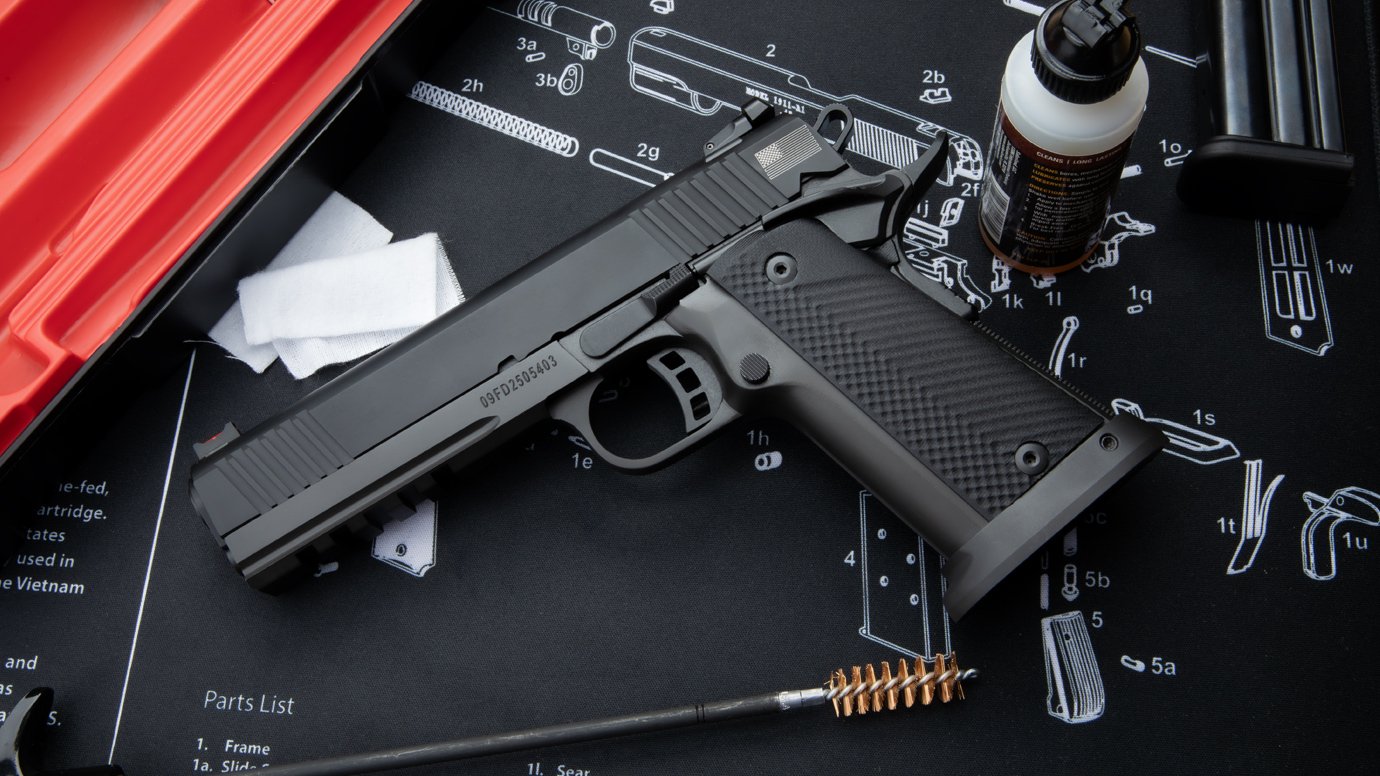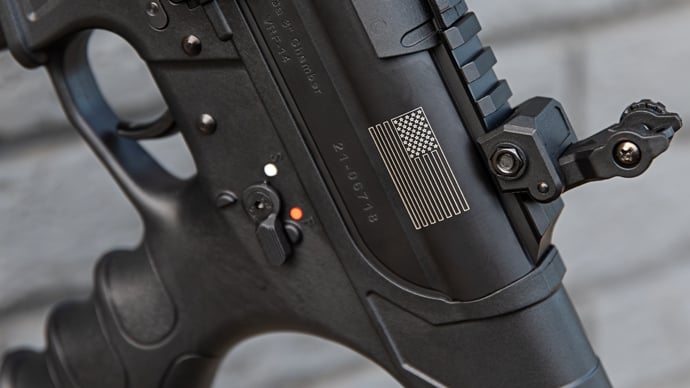5 Common Disassembly Mistakes of 1911 First-Timers
Posted by Team Armscor on Feb 22, 2016 4 Minute Read

Every new gun owner makes mistakes at some point. And it's nothing to be ashamed of. Don't assume that you're immune to mistakes. Most are not catastrophic and have fairly simple preventive measures.
Ignoring the manual
Look, the manual is included for a reason. If it isn’t, or you bought the gun used, then you can easily find it online. The 1911 is a century-old design, and the manual hasn’t changed much in all that time. It was developed as a military sidearm, which requires manuals that anybody can understand. I have lost count of the number of times I have had to explain why the bushing rotates both directions.
Reading the manual thoroughly before you disassemble a 1911 is not only simple and logical, but it also prevents the asking of embarrassing questions that you would have known the answers to had you simply read it to begin with.
Not checking the chamber
We’ve all seen those news stories about how somebody got shot cleaning an empty gun. It is horrible and easily prevented. All you have to do is hit the magazine release and rack the slide (in that order). No need to rack the slide half a dozen times or jam your pinky in there. Just rack it, and look into the chamber, not down the barrel. Forgetting to remove the magazine will prevent the slide from coming forward, which makes it impossible to remove the slide.
Using a carpeted room
Carpet is a wonderful thing. It keeps your feet warm in the winter and cushions your steps as you try to walk quietly and not wake the kids. However, as many 1911 owners have discovered over the years, a recoil spring that is dropped or flies across the room can vanish into carpet and remain lost to the world until the next time you vacuum.
The same is true of the mainspring when you fully disassemble the weapon. The springs may also snag in carpet fibers, leading to kinked springs and malfunctions or spring breakage. The dining room or kitchen are best if you have carpet, but try to avoid the bathroom, as nobody wants to fish the spring out of there.
Mishandling the recoil spring plug
Even when disassembling your 1911 in a tiled or hardwood-floored room, it is extremely important to maintain control of every part of the gun at all times. The recoil spring is under constant pressure, and, when you press the recoil spring plug down to turn the bushing, it can slip free and go flying across the room.
To avoid this, you simply need to place your hand over the muzzle of the gun while turning the bushing clockwise. This keeps the bushing locked in the slide, which can stop the spring from making a hasty exit. The placement of your hand creates a cup that will catch the recoil spring plug before the spring fully extends, thus preventing it from becoming a projectile.
Scratching the finish
Anybody who knows the 1911 knew this was coming. 1911 owners will carry a gun that has holster wear, ancient rust pitting and grips that the dog chewed on if they have to. But that little crescent scratch will have them hide their beloved 1911s from the world in shame. This mistake has sold more refinishing jobs than anything, other than the AR15 boom.
The problem comes up when reassembling the 1911. Everything goes perfectly, and your springs and plug are in place and not in the carpet or toilet. You have it cleaned out and lubed up. Then you go to slip that slide stop pin into place. It snags a little on the barrel link, and you swing it back up into place. You hear that satisfying “snap” before glancing down in abject horror at the little scratch smiling up at you, clear as day.
The prevention is simple, though. If you hold the gun upside down while placing the slide stop, the barrel link will line up more smoothly on a new gun. You can also place a card of some sort to allow the slide stop to rotate in contact with the card without damaging the finish.
Keep in mind
It's not unusual to encounter one or all of these mistakes if you're new to the world of 1911s. (In fact, it's practically a rite of passage.) But keeping these common pitfalls in mind can help you to avoid future annoyances and dangers. Be a smart first-timer.







